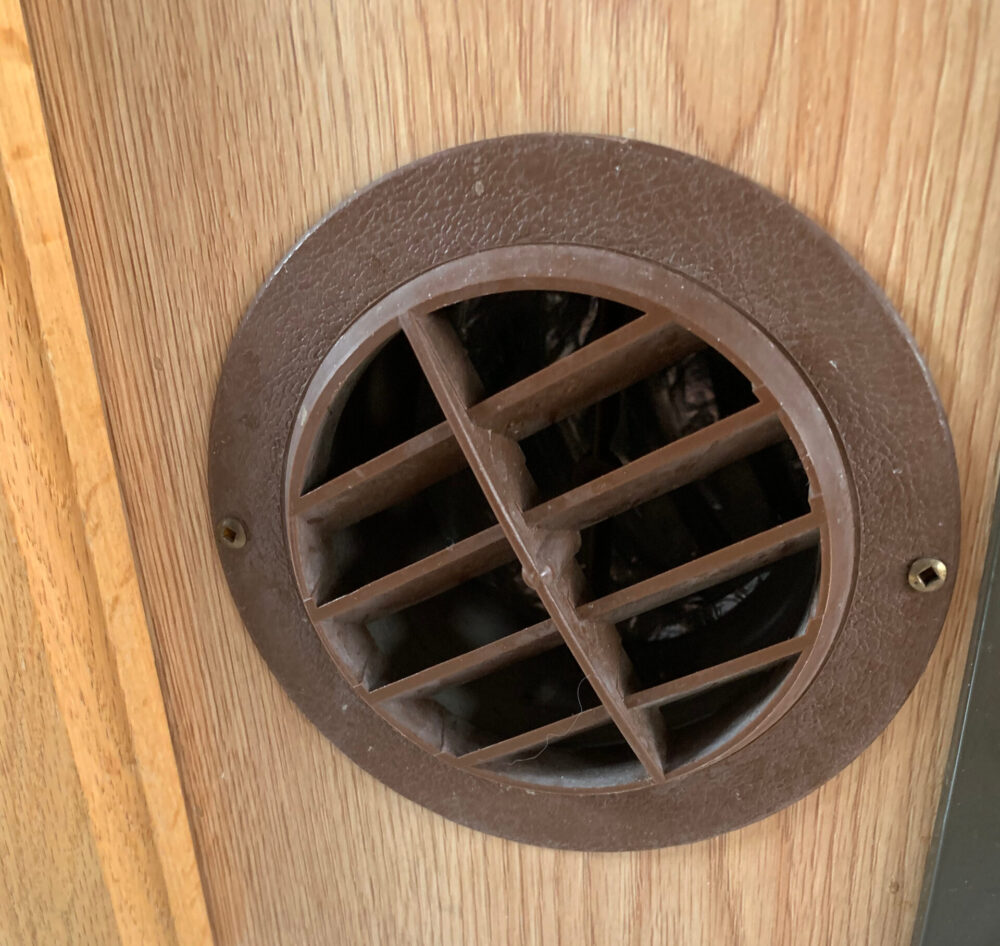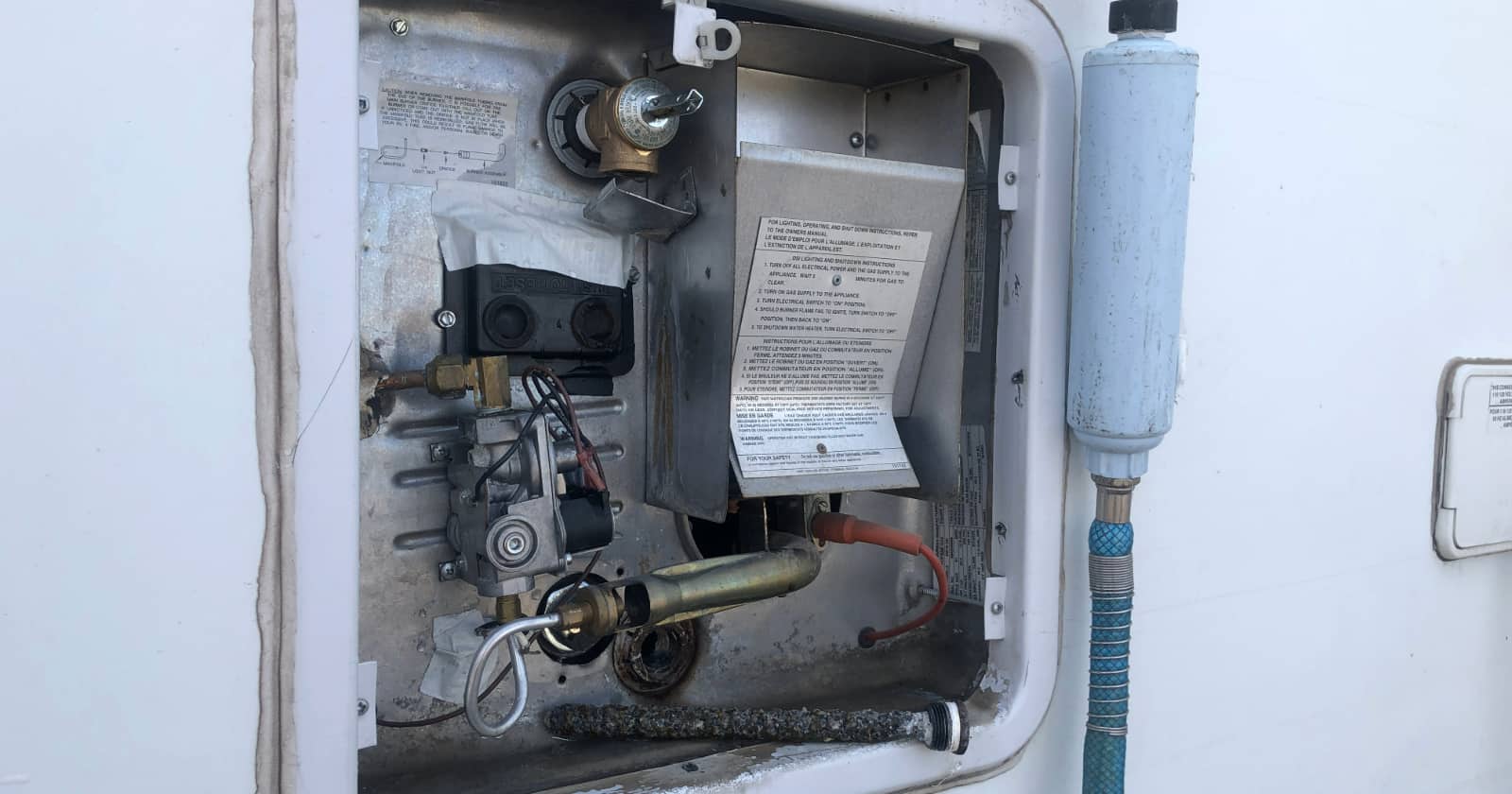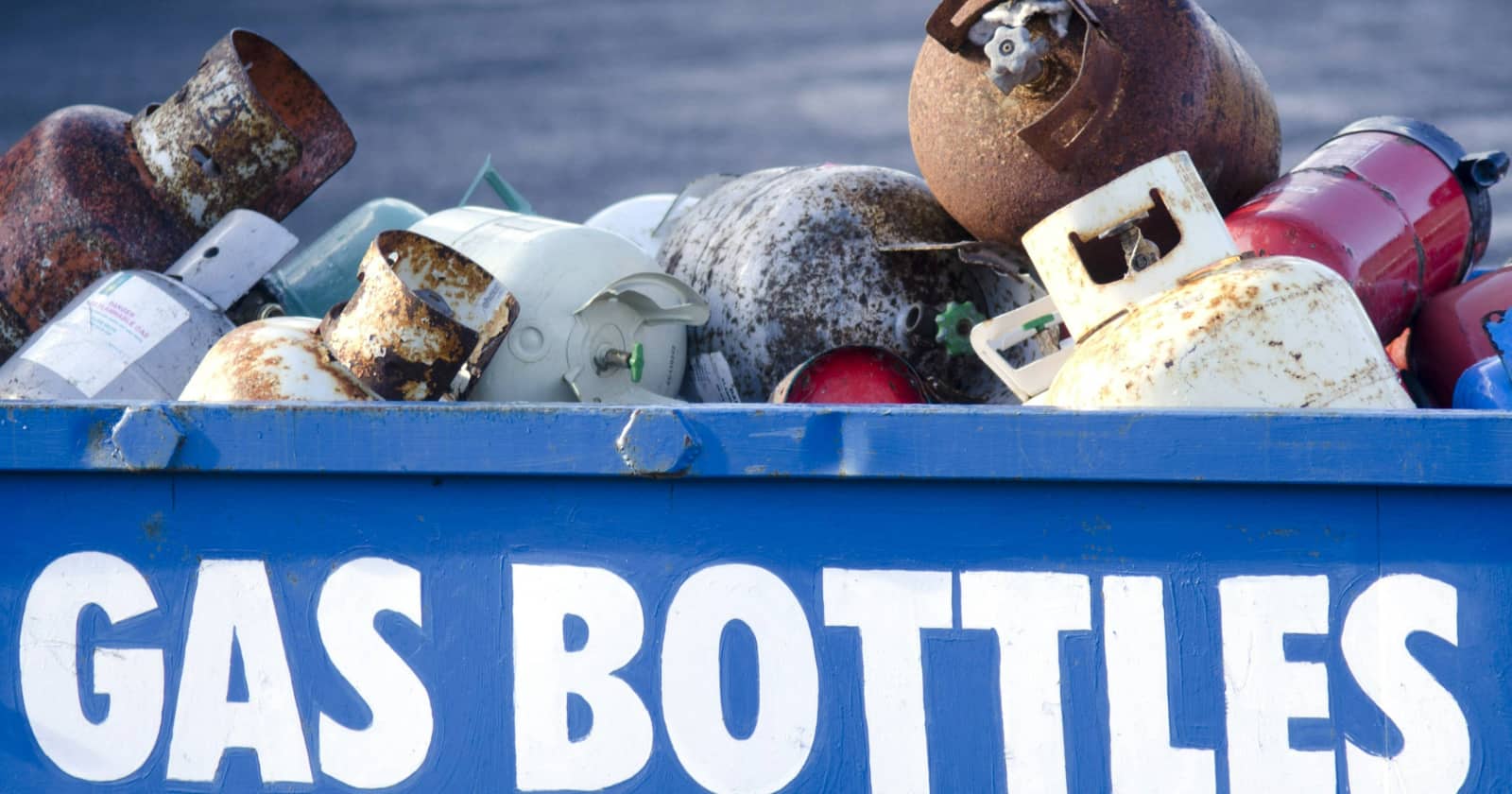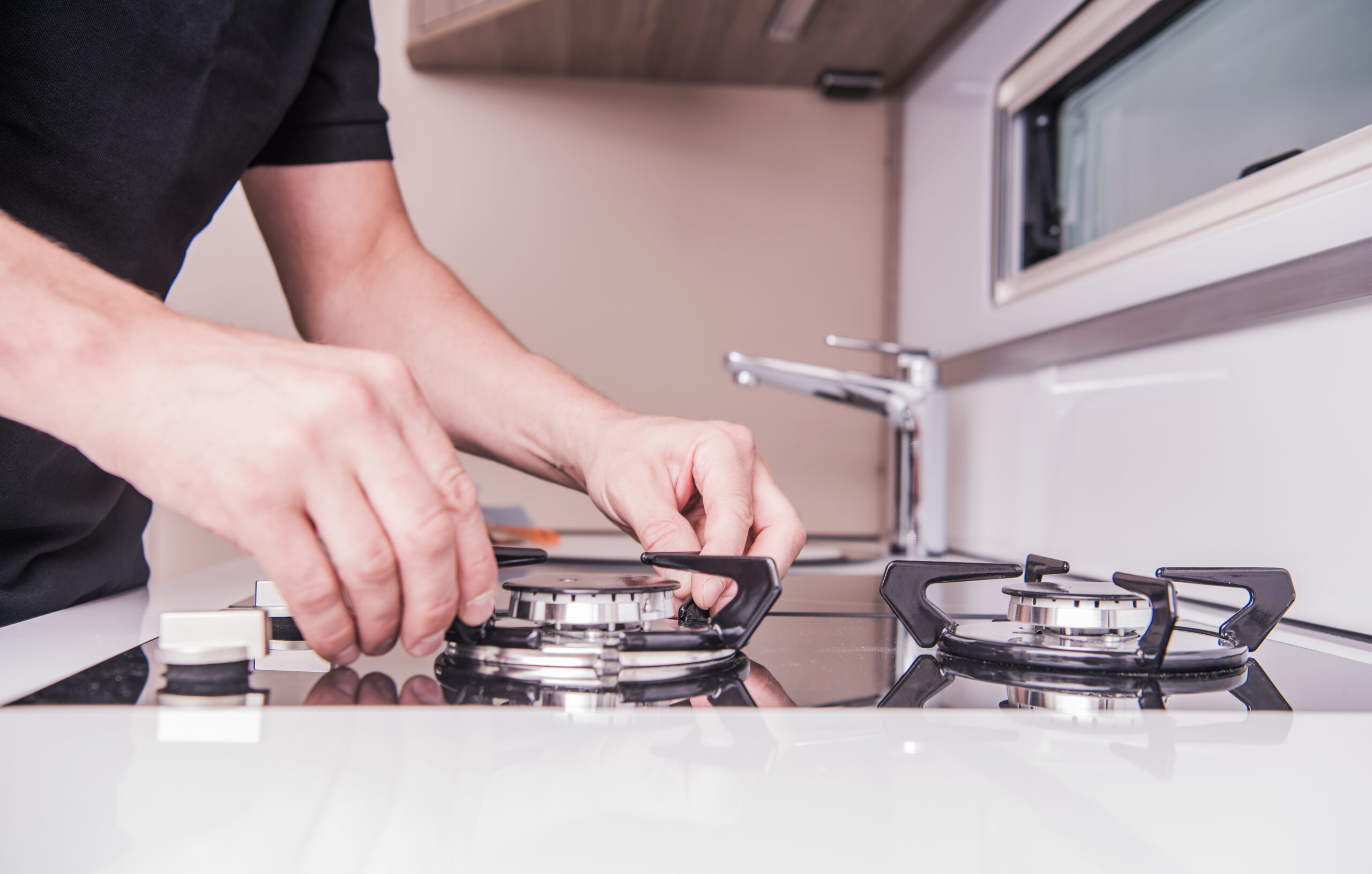
Why Won’t My RV Furnace Stay On?
“Why won’t my RV furnace stay on?” is a question I was frequently asked when I worked in an RV service department. In this article, we will look at why your furnace won’t stay on after initially igniting. Furnaces that don’t start at all are not covered in this article.
How does an RV furnace work?
Before anyone can figure out why their RV furnace isn’t working properly, they need to understand the basic principles on how an RV furnace works.
When the wall thermostat calls for heat, it activates the 12-volt blower motor in the furnace. In turn, the blower blows on the sail switch (better thought of as an “air prover switch”). As the motor ramps up, it purges the combustion chamber of any residual fumes. Once up to speed, the air blowing on the sail switch closes the switch. This sends power through the high limit switch and then onto the circuit board.
Once the circuit board receives power, three things happen via the board:
- 12-volt power is sent to the gas valve, causing it to open.
- High voltage is sent to the igniter, causing it to spark to ignite the propane.
- The igniter sends a signal back to the board, which determines if combustion is present via a change in resistance. If combustion is present, the board continues to keep the gas valve open, blowing the heated air from around the combustion chamber into your RV.
Now that you understand the basic operation of an RV furnace, let’s look at possible reasons why your RV furnace won’t stay on.
Why your RV furnace isn’t working
1. Low voltage
Low house batteries may initially have enough power to spin the blower motor fast enough to engage the sail switch, but after running a few minutes, the voltage may drop, slowing the fan speed and in turn allowing the sail switch to open.
When the sail switch opens, the gas valve will shut off and end the heating cycle. Increase the voltage via shore power or your 12-volt charge line to verify the problem.
2. Low propane pressure
If there is not enough propane available to keep the flame in your furnace at the designed level, the circuit board (via the igniter) can’t sense it.
Sensing there is no flame, the circuit board cuts power to the gas valve and ends the heating cycle. Often there will be sufficient pressure in the propane lines to start the furnace. However, it can drop after a minute or two of run time and end the heat cycle.
To verify the correct gas pressure, have an RV mechanic check the gas pressure via the manifold on the furnace gas valve. If the propane pressure is low (or high), the mechanic may be able to adjust the LP regulator to resolve the problem.
3. Bad control board
Since the circuit board controls the entire combustion process, try opening the gas valve, creating spark, and verifying combustion. If any of the three functions fail, the flame in the furnace will shut off. This video shows how the board functions and how to determine if the gas valve and spark function are operating correctly:
Less common issues
Electrodes
The electrodes extend into the flame and allow the circuit board to measure a change in resistance when combustion commences. If the electrodes are dirty, corroded, improperly gapped, or not in the flame, the board is unable to measure the resistance change and will close the gas valve.
If the electrodes are dirty, clean them with fine sandpaper. Or, if they have corroded, replace them. Adjust the gap if needed, or adjust them if not in the flame.
High limit switch
If the manufacturer didn’t supply adequate duct work to properly exhaust the heat from around your furnace’s combustion chamber into the interior of your RV, it can overheat.
Once the limit switch reaches its preset temperature limit, it opens. This will cut power to the circuit board, which in turn cuts power to the gas valve and ends combustion.
Once the high limit cools, it will close again, which will restore combustion. To eliminate this problem, improve ducting/air flow from your furnace so heat can escape the furnace housing more efficiently.
Wall thermostat
If a heat register from your furnace is near or aimed at the wall thermostat, the thermostat will sense the heat from the furnace. Once warmed enough, the thermostat will open and end the heat cycle. Redirect the heat away from the thermostat to correct this issue.
Hopefully this short tutorial will help you figure out why your RV furnace won’t stay on. Many of the steps required to fix your RV furnace involve removing the furnace from the RV and disconnecting the propane line from the furnace.
Note: Any time a propane fitting is disconnected and then reconnected, it must be tested by trained personnel to verify there is no gas leak.
Track your RV maintenance
Make sure you keep track of all your RV maintenance and repairs with an online tool such as RV LIFE Maintenance. Not only can you keep all of your documents in one place, but you’ll also receive timely reminders when maintenance is due to help you avoid costly repairs and potentially serious accidents.
Related articles:



